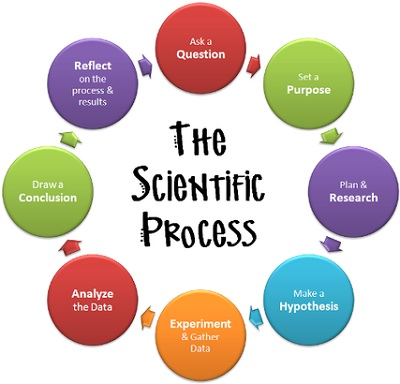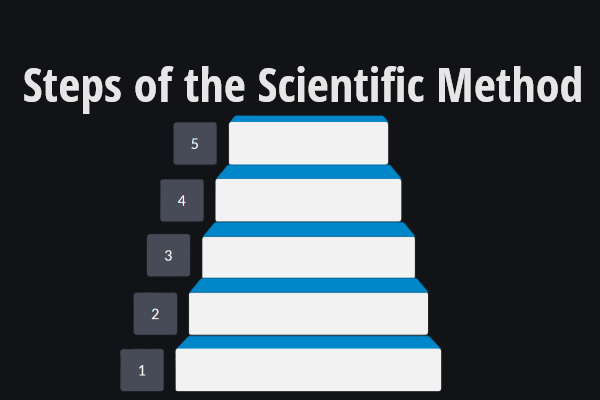Unit 1: Introduction to the Scientific Processes
Unit 1: Introduction to the Scientific Processes

Unit 1: Introduction to the Scientific Processes
Unit 1: Introduction to the Scientific Processes
The Scientific Process
Scientists have progressed in using the scientific method, checking conclusions against nature. After observing something, a scientist tries to explain what has been seen.
The explanation is called a hypothesis. There is always at least one alternative hypothesis.
A part of nature is tested in a 'controlled experiment' to see if the explanation matches reality. In a controlled experiment, all treatments are identical except that some are exposed to the hypothetical cause and some are not. Any differences in the way the treatments behave are attributed to the presence or absence of the cause.
If the experiment results are consistent with the hypothesis, there is evidence to support the hypothesis. If the two do not match, the scientist seeks an alternative explanation and redesigns the experiment.
When enough evidence accumulates, understanding this natural phenomenon is considered a scientific theory. A scientific theory persists until additional evidence causes it to be revised.
Nature's reality is always the final judge of a scientific theory.
Steps in the Scientific Process
Step 1: Ask a question
For the first step, help your child form a question that hopefully can be answered! Good questions start with question words: How, What, When, Who, Which, Why, or Where? For example, which cup holds the most water? Which of these four objects do you think will float in water?
Step 2: Do background research
For young kids, background research can include discussing what they already know about the question they're asking. Maybe you have a book or have seen a show about the topic. The goal for this step is to engage your scientist in some thinking.
Step 3: Construct a hypothesis
A hypothesis is nothing more than a good guess at an answer to the question from Step 1. Ask your child, 'Do you think the red or blue cups will hold more water?' 'Do you think the nail will sink or float? Do you think the tin foil boat will sink or float?'
Step 4: Test your hypothesis by doing an experiment
Here comes the part you and your child have been waiting for! Help your scientist experiment. Encourage your child to be a careful observer of everything that happens. Talk about the steps of the experiment. 'First, let's fill up our pitcher with water. Then, slowly pour the water into the cup.'
Step 5: Analyze the data and draw a conclusion
This step is all about results. What happened in the experiment? Ask your child, 'Did the foil sink or float?' 'Which cup held the most water?' At this stage, help your child answer the question developed in Step 1.
Step 6: Share your results
Encourage your child to talk with siblings and other caregivers about the experiment. Have him discuss the steps used to experiment and what he learned.
Science experiments can be quick and fun to do at home. Sharing the scientific process with your child will help him begin to think and plan as scientists do.
Vocabulary
Lesson Reading
Videos and Interactives (Click on Images to View Content)


